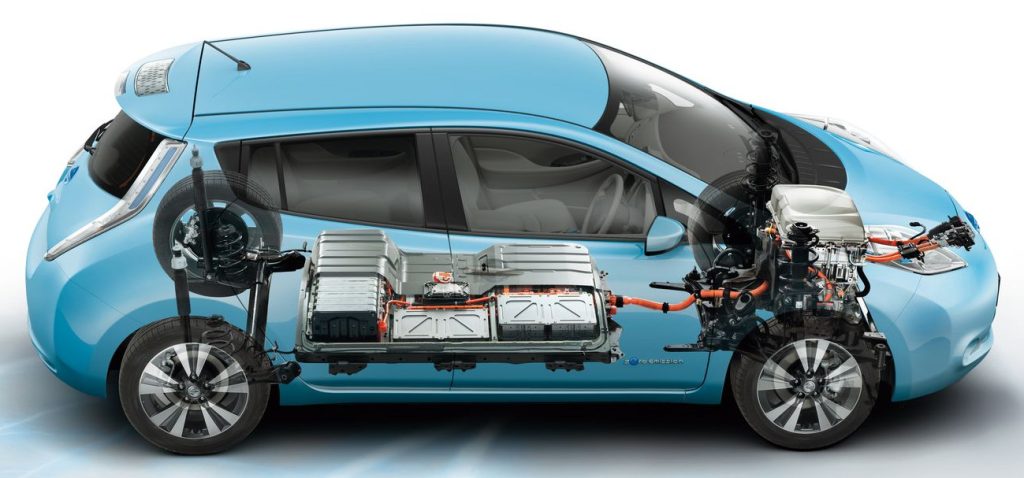Battery-Electric Vehicles (BEVs) A Pure Electric Future

Battery-Electric Vehicles (BEVs) A Pure Electric Future
Battery-electric vehicles (BEVs) are a type of electric vehicle that rely solely on electricity stored in a battery pack for propulsion. Unlike hybrid or plug-in hybrid electric vehicles, BEVs do not have a gasoline engine.
Key Features of BEVs:
- Zero Emissions: BEVs produce no tailpipe emissions, making them a cleaner alternative to traditional gasoline-powered cars.
- Instant Torque: Electric motors deliver instant torque, providing a smooth and responsive driving experience.
- Quiet Operation: BEVs are virtually silent, reducing noise pollution.
- Lower Operating Costs: Electricity is generally cheaper than gasoline, resulting in lower fuel costs for BEV owners.
- Reduced Maintenance: BEVs have fewer moving parts, leading to lower maintenance costs compared to traditional vehicles.
Components of a BEV:
- Battery Pack: The battery pack stores electrical energy and powers the electric motor.
- Electric Motor: The electric motor converts electrical energy into mechanical energy to propel the vehicle.
- Power Electronics: The power electronics control the flow of electricity between the battery pack and the electric motor.
- Charging System: The charging system allows the BEV to be recharged from an external power source.
Types of BEVs:
- Passenger Cars: BEVs are available in a variety of passenger car models, from compact sedans to luxury SUVs.
- Commercial Vehicles: BEVs are also being developed for commercial applications, such as delivery trucks and buses.
- Electric Motorcycles: BEVs are becoming increasingly popular in the motorcycle market, offering a quieter and more environmentally friendly alternative to traditional motorcycles.
Challenges and Future Developments:
- Range Anxiety: One of the main concerns for many potential BEV buyers is range anxiety, or the fear of running out of battery power before reaching their destination. However, battery technology is rapidly improving, and BEVs now have longer ranges than ever before.
- Charging Infrastructure: The availability of charging stations remains a challenge in some areas. However, investments are being made to expand the charging infrastructure, making it easier for BEV owners to recharge their vehicles.
- Battery Cost: Battery costs are still relatively high, but they are expected to decline as production increases and technology improves.
As battery technology continues to advance and charging infrastructure expands, BEVs are poised to become a mainstream transportation option. With their environmental benefits and technological advancements, BEVs represent a promising future for sustainable mobility.




